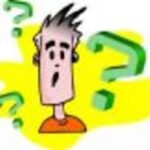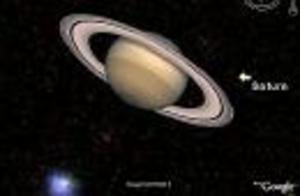Cephalalgia is a medical term referring to aching in the head or headaches. Headaches can accompany many disorders including meningitis, brain tumors, sinusitis and increased intracranial pressure. Whenever a person has a headache that is brief and easily resolved with rest and possibly OTC medications, the headache is considered benign and transient. As well as headaches can come in many different forms but there are three most common types, cluster, migraine and tension.
People who experience tension headaches describe the discomfort as pressure or a steady and consistent constriction on both sides of the head. Symptoms can vary from mild steady ache to severe debilitating pain. Tension headaches can be brought on by anything from stress to anxiety or emotional conflict.
Transient benign headaches can usually be resolved with rest, stress management and mild analgesics.
Tension headaches can affect men or women at any age. They can happen almost daily for some people and usually have a gradual onset during the day. The pain can be a consistent dull ache or severe and usually is bilateral in nature. Patients usually complain that there is no one place that it hurts worse. Patients that have tension headaches commonly say they prefer to just lay down with the pain, try to relax and take pain medications. Tension headaches are usually caused by contractions made to the muscles in the head and neck region, especially when a person is going through times of emotional distress such as stress. Tension headaches can also be brought on by grinding the teeth during sleep, which is commonly referred to as bruxism.
The term migraine includes several different avenues of headaches all having a vascular origin.
Basilar artery migraines for example include dizziness, diplopia and impaired coordination. Most basilar artery migraines occur primarily in young women.
Hemiplegic migraine are migraines in which can result in temporary unilateral paralysis.
Ophthalmoplegic migraines commonly cause droopy eyelids, double vision, distortion of visual field and mild to severe head pain.
Exertional migraines are commonly brought on by overexertion such as with running, lifting, sneezing, bending and so forth.
Status migraines is a severe form of migraine headache and most commonly produces a lasting nausea effect, as well as possible vomiting.
Migraine headaches are more common in women than men and the age can range from young teens to postmenopausal age. People who suffer from migraines can have anywhere from one to eight a month, lasting anywhere from four to 72 hours in duration. Migraines can be moderate in pain to severe and disabling for the sufferer. Migraines can be either bilateral or unilateral in nature however most sufferers refer to one side versus the other. Most migraines sufferers have a family member that also suffers from migraines.
Cluster headaches usually appear in men more than women and usually between early adulthood and 50 years of age. People who suffer from cluster headaches can have anywhere to 1 to 8 headaches a day, usually lasting 30 minutes to four hours in duration. The pain with cluster headaches usually is excruciating and relentless. Cluster headaches are strictly unilateral in nature.
Cluster headaches refer to headaches that continually repeat each other during, with brief recovery periods. Cluster headaches can quickly escalate in severity, however sufferers can go long periods without recurrence of the headaches. However chronic sufferers can see flare ups more frequently.
If you think you are experiencing too many headaches or if the headaches are not readily resolved by rest and OTC analgesics, you should see a medical professional. It is important to remember chronic headaches could be a sign of many different medical problems and its important to be properly evaluated and treated, not only to find any underlying cause but to properly treat your headaches and give you relief.
References for this article include:
www.medindia.net/patients/patientinfo/headache-types-symptoms.htm
emedicine.medscape.com/article/1142731-overview
www.medicinenet.com/headache/symptoms.htm





